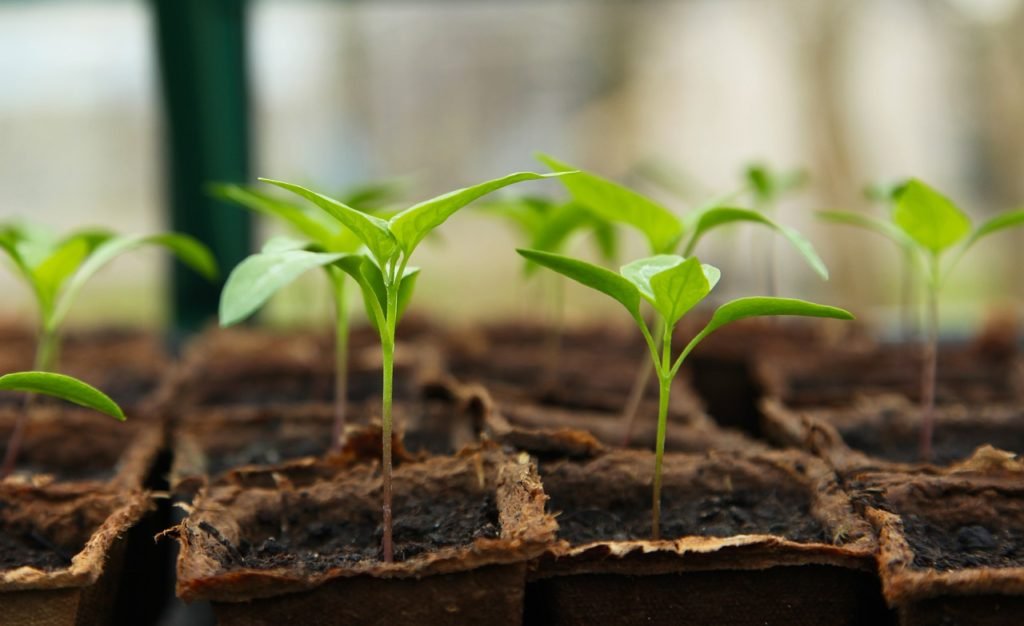
Influences/Importance of soil temperature on plant growth and nutrition
There are various influences of soil temperature on soil fertility by changing the soil environment which in turn affects plant growth.
(i)Germination of seeds. The germination of the different seeds is greatly influenced by the variation in soil temperature. If the temperature is too low, the seed fails to germinate or germinate at a slow rate. On the other hand, seeds may be injured if the temperature will be very high.
(ii) Physical properties of soil. Soil structure is greatly influenced by the temperature. The temperature has a great influence on the aggregation of the soil as well as on the binding materials present in it.
(iii) Microbial activity. The activity of micro-organisms having thermophobic and thermophilic nature is influenced by the variation in soil temperature. A certain amount of heat is necessary, for the proper functioning of various types of soil micro-organisms. Various microbiological processes like mineralization of nitrogen, nitrogen fixation, pesticide degradation etc. are influenced by the temperature. The activity of micro-organisms is lowest when soil temperature is below 5°C and above 54°C. The optimum temperature for the activity of most of the micro-organisms is in the range of 25-35°C.
(iv) Decomposition of organic matter in soil. Various important functions of organic matter depend on the process of decomposition which is largely influenced by the soil temperature. The decomposed products vary with the rate of decomposition of organic matter. At low temperature the rate of organic matter decomposition is low resulting various toxic organic substances in soil and the high temperature the rate of the same is very fast resulting beneficial products of organic matter decomposition and hence influence the plant growth.
(v) Absorption of water. Variation in soil temperature (very low to high temperature) affects the absorption of soil water by the plant roots. The effect of temperature in reducing the rate of water uptake may be important in spring time resulting strong transpiration.
(vi) Availability of nutrients. Various physio-chemical and chemical reactions are greatly influenced by soil temperature. Temperature influences the solubility reactions of different nutrients and releases larger amount of nutrient elements in the soil solution at higher temperatures. The rate of nutrient uptake, however, is almost different for each crop, but it appears to be known about the relative effect of temperature on the uptake of nutrients.
(vii) Root growth. Soil temperature affects the type of root growth. Low temperature encourage white succulent roots with little branching, while high temperatures encourage a browner, finer and much more freely branching root system. However, the soil temperature at which roots grow fastest is usually higher than the temperature which encourages the most extensive root system.
(viii) Plant diseases. Development of various diseases are also related to the soil temperature. At low temperatures, the soil contain many weekly parasitic fungi which will grow actively and very rapidly and so those will kill the seedlings. On the other hands, seedlings of the temperate zone cereals, which are adapted to grow actively at the lower temperatures are relatively resistant to their attack.
You can read more articles about Soil Science
Useful Agricultural Websites